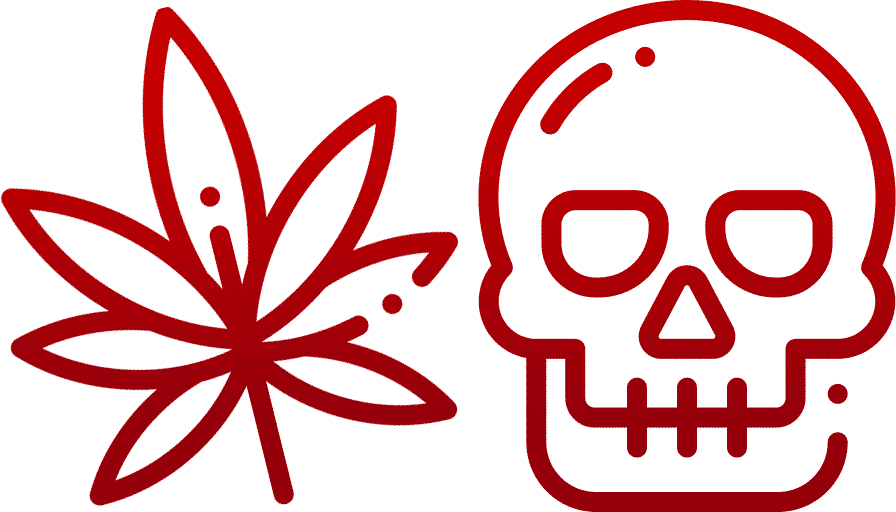Whether it’s the convenience of a motorcycle in New York City or the beauty of upstate New York’s scenic roads, we understand your passion for riding.
But we also fully understand the legal and safety ramifications of riding a motorcycle amongst other drivers who can become distracted at any moment’s notice, and the Insurance Institute of Highway Safety has conducted a survey concluding that around 4,000 motorcyclists pass away as a result of traffic incidents each year.
There’s no doubt about it that the causation of some of these traffic incidents only have the motorcyclists themselves to blame, but other parties also are many times at fault. It’s important to remain as safe as possible while motorcycling throughout New York, and by following all of the motorcycle laws described below you’ll be more knowledgeable and readily protected as you go to all your destinations.
If you or a loved one was injured in a motorcycle accident that wasn’t your fault, contact one of our expert attorneys for a free case review so we can help you with insurers in terms of proving who was the true at-fault party for the crash’s occurrence.
What’s Needed in Order to Obtain a New York Motorcycle License?
The first thing that’s necessary in getting a New York motorcycle license is obtaining a Class MJ, M Class license or Learner’s Permit. In order to get a learner’s permit you must pass a written test that is administered by the New York State DMV in one of their testing centers. A road test is then administered for the individual to get their actual license.
Applying for a Motorcycle Learner’s Permit
Getting a learner’s permit in New York is relatively easy if you make sure to follow these very easy steps:
- Study up on New York’s Motorcycle Operator’s Manual so you can be properly prepared for the written test. You can also receive a written copy of the manual from any DMV.
- Complete a DMV Application for Driver License, or a Non-Driver ID Card
- Bring proof of identity and age (bring your driver’s license if you have one)
- Bring $10 for the motorcycle license and application fees
The Road Test
One thing that’s important to remember about the road test is that a licensed motorcyclist must accompany the person taking the test, and the test examiner must be provided with a car or truck to use while monitoring the test taker.
It’s important to note that if you take your road test with a three-wheeled motorcycle then your license will be limited to those types of motorcycles.
You don’t necessarily have to take the road test if you have a driver’s license and a motorcycle learner’s permit and then complete a certified educational training course provided by an instructor from the Motorcycle Safety Foundation.
Required Protective Gear
All motorcyclists and passengers are required to wear approved helmets that abide by the Department of Transportation’s safety standards. Eye protection is also required for all riders, and this eyewear must abide by the safety stipulations of the American National Standard Institute.
Additional Required Equipment
The following is a list of additional equipment for legal motorcycle transportation in New York:
- At least one red rear fender
- Brakes on both wheels produced after 1971
- Directional and turn signals produced after 1985
- A horn or alternative warning device
- At least one rearview mirror (two are recommended)
- A muffler (removable baffles and cutout mufflers are illegal)
- Handlebar grips less than 15 inches above the driver’s seat
- Front headlight, rear tail light, stop lamp and license plate lamp
Legal Riding Procedures
When you consider the fact that about 40% of accidents involve cell phone use, it’s never a bad idea to refine your knowledge of the following laws that have been made in New York to keep motorcyclists safe. Your presence on the road is paramount to keeping you and your loved ones visible amongst distracted drivers.
Utilizing Headlights
New York law states that motorcyclists must use their daytime headlights at all times, and this law does allow for headlight modulators.
Using Footrests
When it comes to motorcycle passengers, they too must have proper seating and footrests.
Lane Sharing
It is legal for motorcyclists to share a lane with one another, but only two motorcycles can ride side-by-side per lane.
Lane Splitting
Passing by cars in between lanes on dashed lines within slow or stopped traffic is illegal in New York, and the only state that legally allows for this kind of passing is California. This act of moving in between vehicle lanes is also prohibited at higher speeds.
Helmets with Speakers
Motorcycle helmets are only allowed to have one earphone.
Contact a Trusted Motorcycle Injury Lawyer Today
If you or a loved one has suffered from any type of motorcycle incident injury and wasn’t responsible for the causation of the accident, then do not hesitate to contact Siler & Ingber, LLP at 877-718-6079 so you can begin conducting a full case evaluation with a group of New York’s most experienced personal injury lawyers.

The Impact Of Marijuana Legalization
Would New York legalizing recreational marijuana increase road accidents? We took a look at the stats in our latest study.
View StudyThe Law Office of Siler & Ingber, LLP
Phone:
1.516.294.2666
Address:
301 Mineola Blvd. Mineola, NY 11501
Subscribe to our Newsletter
SubscribeThis is a unique website which will require a more modern browser to work!
Please upgrade today!

